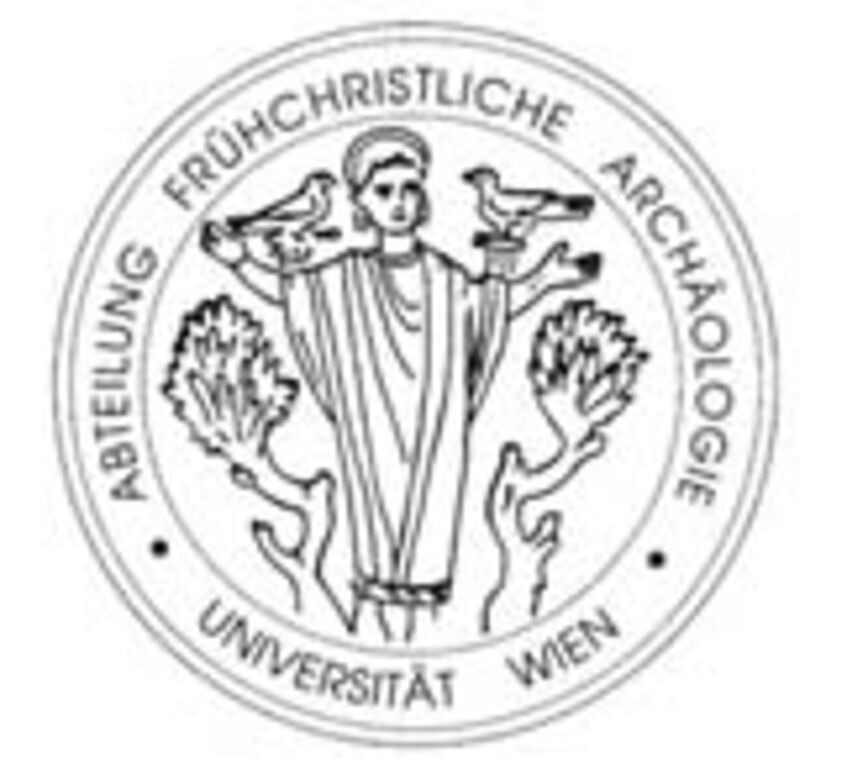Department of Early Christian Archaeology

On August 9, 1991, a separate Department of Early Christian Archaeology was established at the Institute of Classical Archaeology at the University of Vienna under the direction of Univ.-Prof. Dr. Renate Pillinger.
Early Christian Archaeology deals with the material legacy of Christian antiquity from its beginnings up to the time of the iconoclastic controversy in the 8th century. The non-Christian tradition (of late antiquity) from the same period must also be taken into account. Methodologically, the subject is particularly linked to classical archaeology and art history. However, ancient church history, patristics, Jewish studies, Byzantine studies and historical archaeology are equally indispensable.
Geographically, Early Christian Archaeology primarily covers the countries of the Mediterranean region, but also the early Byzantine East, especially in Vienna.
In addition, Master's theses are currently in progress.
In cooperation with the Ancient Religion Research Group of the Department of Classical Studies of the Austrian Archaeological Institute (ÖAI) at the Austrian Academy of Sciences, the research focuses in particular on Eastern and South-Eastern Europe and Ephesus.
Since 1995, the department has published its own journal, Mitteilungen zur Christlichen Archäologie, together with the Austrian Academy of Sciences and the Verein zur Förderung der Christlichen Archäologie Österreichs.
It also supervises a number of excavation and research projects in Austria and abroad:
- Early Christianity in Hungary
- Christianity on late antique-early Islamic textiles from Egypt
- The Grotto of St. Paul in Ephesus
Research archive of the Department of Early Christian Archaeology
A habilitation, two FWF projects and three as yet unprinted dissertations (Asamer, Laubenberger and Rasmussen) have resulted in a virtually complete database on Roman intermediate gold glasses, which is constantly being updated and used for upcoming publications. It contains more than 500 objects with ambivalent (portrait), so-called pagan (e.g. mythological), Jewish and Christian depictions (scenes from the Old and New Testaments, images of Christ and saints) as well as inscriptions.
An FWF project on the late antique-early Christian mosaics in Bulgaria has resulted in documentation primarily on the town of Sandanski and its surroundings, which also includes a good image database.
An excavation documentation (floor plan, section and elevation) as well as true-to-scale photographs of the more than 300 graffiti and inscriptions on plastic foil are available for a late antique cave church, the Paul's Grotto, in Ephesus, which has been under investigation since 1996.
In addition, larger and smaller international symposia are organized.
For publications see the publication list of Prof. Dr. Renate Pillinger and the research projects mentioned above.
E-mail: renate.pillinger@univie.ac.at
In teaching, a full study program on early Christian archaeology is offered each semester in the form of lectures, seminars, proseminars, interdisciplinary research seminars, exercises, private seminars and internships as well as excursions.
